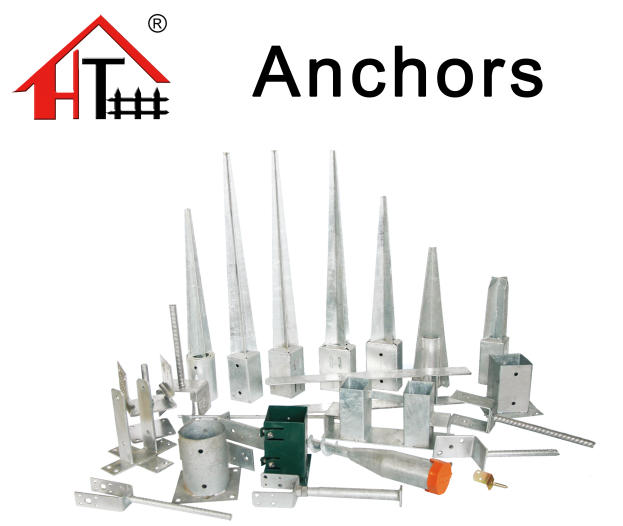DIY Stakes for Plants A Guide to Supporting Your Greenery
When it comes to nurturing our plants, providing them with the right support is essential for their growth and health. DIY stakes for plants can offer the necessary stability, especially for delicate seedlings, climbing vines, or taller flora. Creating your own stakes not only saves money but also allows you to customize the support to fit both your plants' needs and your garden's aesthetic. In this article, we will explore various materials and techniques for crafting effective stakes for your plants.
Why Use Stakes?
Stakes provide crucial support for various plants, helping to prevent bending, breaking, or damage caused by wind, rain, or heavy foliage. They are particularly beneficial for
1. Young Plants Seedlings are often fragile and can benefit from being propped up to encourage upright growth. 2. Climbing Plants Vines and climbing flowers need direction to thrive as they naturally seek vertical growth. 3. Top-Heavy Plants Some plants grow taller but may not have a strong enough stem to hold themselves upright, necessitating additional support.
Materials for DIY Stakes
When it comes to making your own stakes, the possibilities are endless
. Here are some materials you can use1. Wooden Dowels or Sticks Easily accessible at craft stores or even in your backyard, wooden dowels provide sturdy support for most plants. Cut them to the desired height and ensure they are not too thin, as they may break under stress.
2. Bamboo Poles Lightweight yet durable, bamboo poles are an excellent option for supporting both small and larger plants. Their natural appearance blends beautifully into garden settings.
3. Metal Rods or Wire If you're looking for something more permanent, consider using metal rods or heavy-duty wire. They are particularly effective for supporting heavier plants or overgrown bushes.
diy stakes for plants

4. Recycled Materials Be creative! Old wooden pallets, tree branches, or even discarded items like hangers can serve as excellent stakes. Upcycling not only benefits your garden but also contributes to reducing waste.
Crafting Your Stakes
Creating DIY stakes is a straightforward process. Here’s a simple step-by-step guide
1. Measure the Height Determine the appropriate height for your stakes based on the plants you intend to support. Generally, stakes should be a few inches taller than the plant itself.
2. Cut the Material Use saws or pruning shears to cut your chosen material to the desired length. Ensure the cut is smooth to prevent splintering.
3. Add Stabilization Features (Optional) If you want to make your stakes more visually appealing or functional, consider wrapping them with twine or adding decorative features like paint or fabric to match your garden's theme.
4. Insert the Stakes Carefully insert the stakes into the soil, ensuring they are deep enough to withstand environmental stresses. Aim to bury at least a third of the stake's length in the ground.
5. Attach the Plants Use soft ties, garden twine, or cloth strips to gently fasten the plants to the stakes. Make sure not to tie them too tightly, as this may damage the stems.
Conclusion
DIY stakes are an invaluable resource for any gardener looking to support their plants effectively. By selecting suitable materials and crafting personalized supports, you can enhance the growth and beauty of your garden. Not only do these stakes bolster your plants physically, but they also provide an opportunity for creative expression in your gardening endeavors. So gather your materials and get started on making DIY stakes that will keep your plants thriving and upright!
















